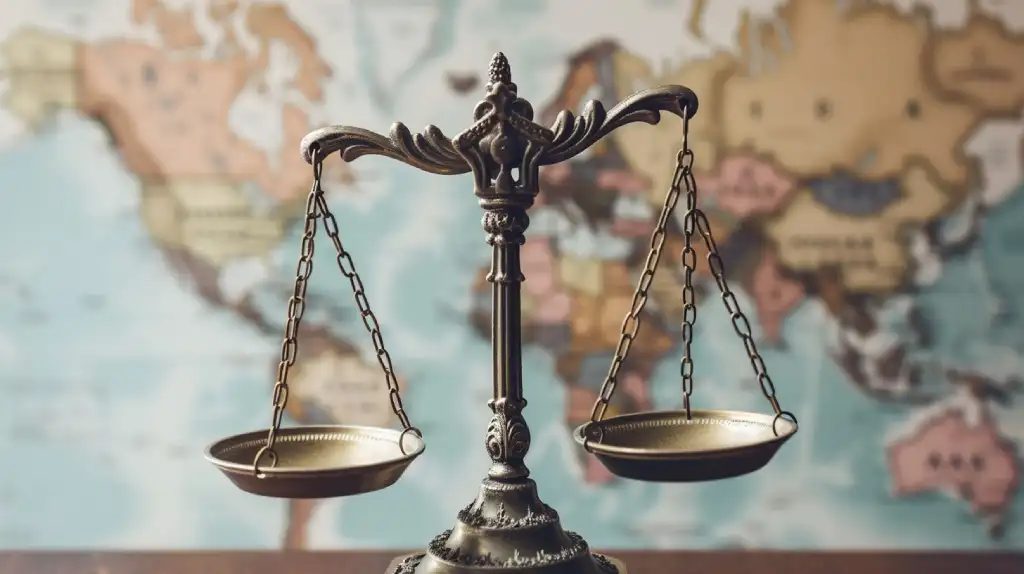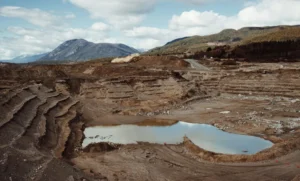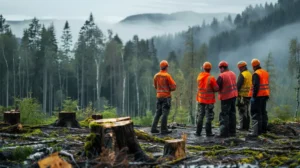Consider living in a community where you fear the water you drink or the air you breathe could harm your family.
This reality is common for many overlooked communities facing environmental hazards. An example is the Flint Water Crisis, where poor policy decisions led to a public health disaster.
Environmental justice seeks to resolve these problems by ensuring fair treatment for all, regardless of race or income.
In this article, we’ll look into whether current policies are doing enough to protect vulnerable communities and ensure environmental justice.
Environmental Justice — What Does It Mean?

- Environmental justice is the idea that everyone should have equal access to a healthy environment, regardless of their background.
- Historically, marginalized communities have been more exposed to pollution and environmental hazards.
The movement for environmental justice began in the 1980s, with activists focusing on how low-income communities were unfairly affected by environmental harm.
They faced higher risks from pollution due to their closeness to industrial sites, highways, and landfills.
The Role of Government Policy
Government policies have been created to secure environmental justice, but they haven’t always been effective.
- Laws such as the Clean Air Act and the Clean Water Act are designed to protect public health.
- Executive Order 12898, issued in 1994, specifically directs federal agencies to resolve environmental justice issues.
Despite these policies, many communities remain exposed to environmental risks due to poor enforcement or lack of oversight.
The Flint Water Crisis
The Flint Water Crisis is a tragic example of how poor policy decisions can risk public health:
- In 2014, officials in Flint, Michigan switched the city’s water source to the Flint River.
- This change, done to save money, led to water contamination with high levels of lead.
- Over 100,000 residents, many from low-income and minority backgrounds, were affected.
This case shows how vulnerable communities are usually neglected by policies that should protect them.
Current Challenges in Environmental Policy
There are several ongoing issues that stop the effectiveness of environmental justice policies:
- Weak enforcement: Even when strong environmental laws exist, they aren’t always enforced properly.
- Corporate influence: Many corporations lobby to weaken environmental regulations, making it harder to protect communities from pollution.
Low-income neighborhoods are usually located near pollution-heavy industries. Without strict enforcement of environmental laws, these communities continue to suffer long-term health effects.
What More Can Be Done?
To truly protect weak communities, policymakers need to take stronger actions:
- Stronger enforcement: Laws must be strictly enforced to ensure all communities are protected.
- Corporate accountability: Corporations must be held responsible for the environmental harm they cause.
- Community involvement: Local communities should be actively involved in the decision-making process regarding environmental policies.
- Grassroots efforts: Support grassroots movements that advocate for stronger policies and increased corporate accountability.
The Bottom Line
Environmental justice is an important issue, but current policies are not enough to protect weak communities.
The Flint Water Crisis serves as a strong reminder of these policy failures.
Governments and corporations must be held accountable, and communities must be given a voice in decisions that affect their environment.
The path to true environmental justice requires stronger policies, stricter enforcement, and active community engagement.




